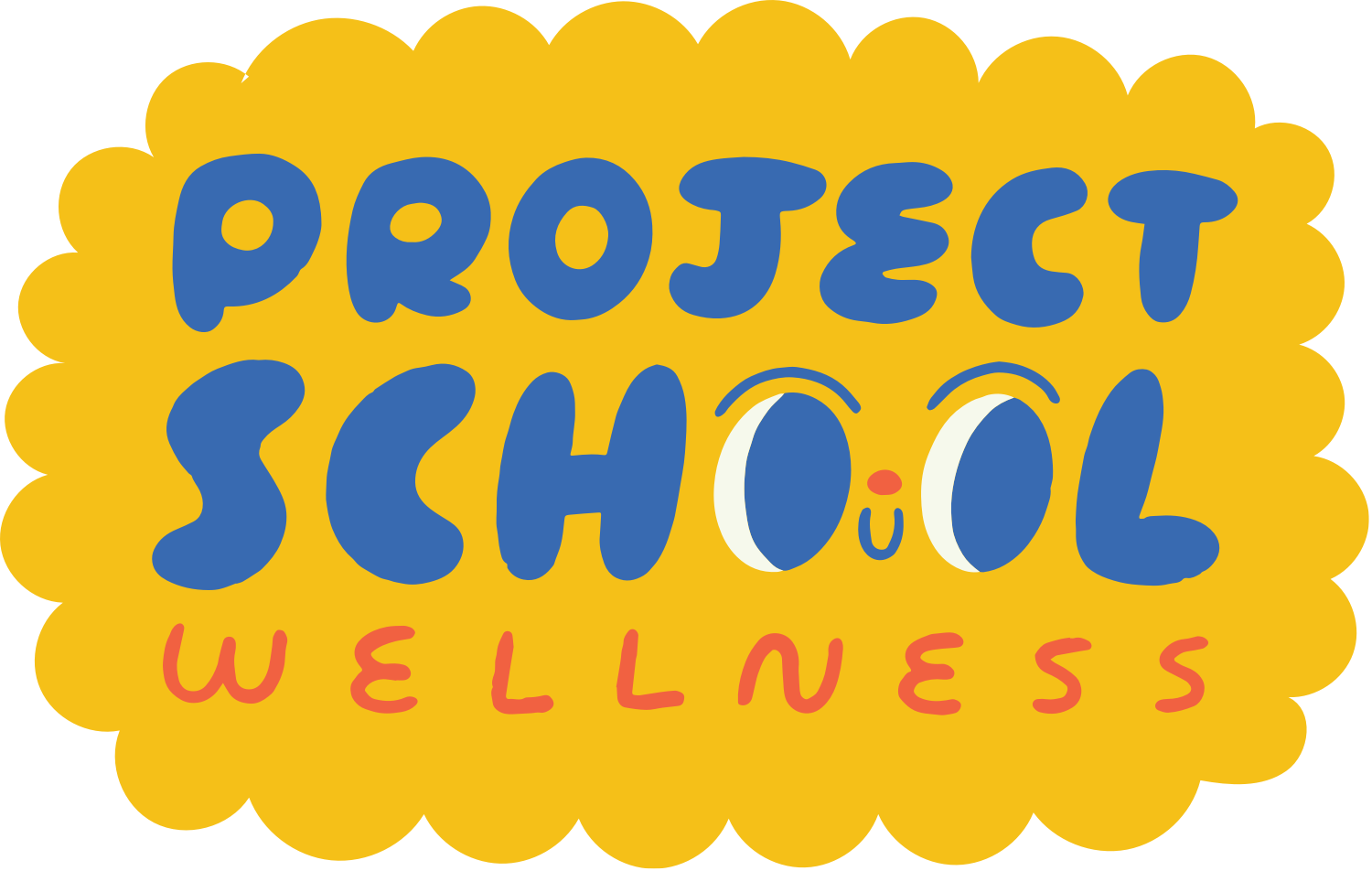Health Education 101: What is Mental Health?
A look at Emotional & Mental Health and how to teach IT in your health class!
What is Emotional and Mental Health?
The short answer:
Emotional and Mental Health is all about your feelings and emotions, and your ability to deal with the demands of life.
The long answer:
The emotional aspect refers to your ability to identify, process, and express emotions in a healthy manner.
The mental aspect refers to your ability to cope with life events and handle personal responsibilities. As well as connecting to a person's self-confidence and their overall life satisfaction.
A quick note: This post offers a general guide to emotional and mental health. While incredibly important, this post is not a look into the vast and complex topic of mental illness. As I am not a mental health professional, I am not qualified to speak on the topic of mental illness and feel it would be irresponsible if I attempted to do so. For more information about mental illness, please refer to the CDC.
How Do Emotional & Mental Health Impact Total Well-Being?
As the status of one dimension of our life shifts, it creates a tangible reaction in the other dimensions. For this reason, the state of a person's emotional & mental health greatly influences the overall status of their well-being.
Here are a few examples of how emotional and mental health impact the other dimensions of health:
When a person bottles up and ignores their feelings, it makes it difficult to genuinely connect with people. - - Emotional & Mental + Social Health
When a person is feeling overwhelmed by the demands of life, going for a long walk or run can help them calm down. - - Emotional & Mental + Physical Health
When a person is emotionally burned out, they may no longer possess the energy and drive needed to meet the demands of their career. - - Emotional & Mental + Occupational Health
Emotionally and Mentally Healthy Habits
The ultimate goal of health education is to help students nurture healthy habits. Healthy habits are the things we automatically do that enhance well-being. Here are a few healthy habits that enhance emotional and mental health:
Allow yourself to feel all the feelings. We feel a vast array of emotions for a reason. Each one plays a significant role in our lives and should be experienced.
Don't overcommit. It's super easy to take on more than we can handle then feel like a failure when we can't manage the unrealistic workload. Protect your time. Don't overbook yourself.
Take a break. Take a break from work. Take a break from technology. Take a break from the busyness. Every day, find time to rest, relax, and recharge.
Get out and move. Fresh air and activity work wonders. A walk or a jog a day helps to clear the mind and refresh the soul.
Emotional and Mental Health and Your Classroom
If we want to empower students to thrive, we must promote each of the dimensions of health and teach them how to strengthen each component. Which means Emotional & Mental Health needs to be an active element of your classroom experience!
Here are a few things you can do to enhance your students' emotional and mental well-being.
Teach students about coping strategies for dealing with the demands of life. - - See free resource below
Creating a manageable school workload and being understanding and flexible when kids just have too much on their plates.
Help students navigate their emotions by teaching how to identify, understand, and express the emotions they experience (a.k.a. Emotional Literacy). - Check out our Inside Out resource bundle
A Tool to Help You Promote Emotional & Mental Health
To help you promote mental health, I have a little gift for you. Today, I'm sharing a video outlining the difference between mental health and mental illness.
Next Time...
To continue our conversation about Mental Health, next post I'm gonna be talking about how this book completely changed how I see my students with anxiety!
